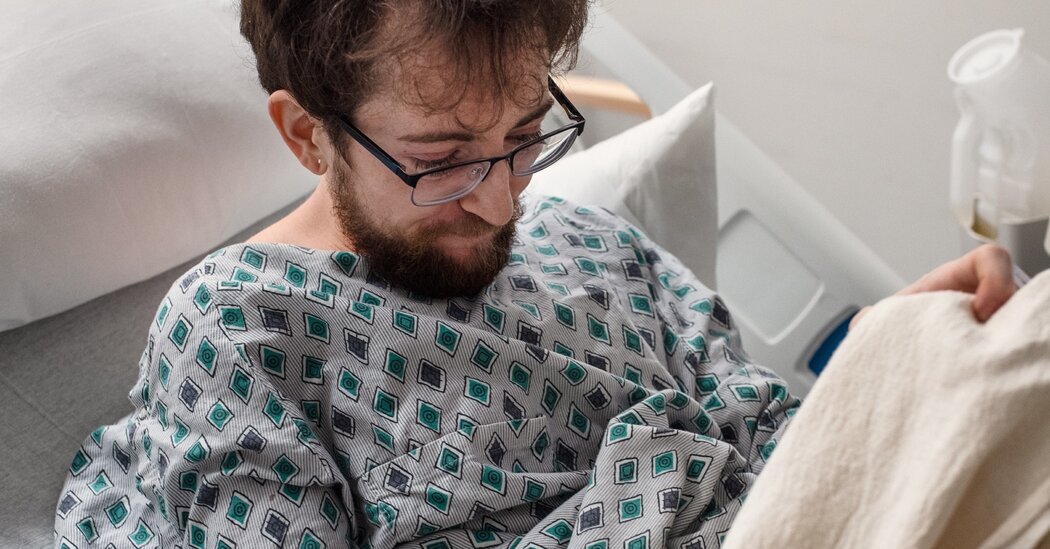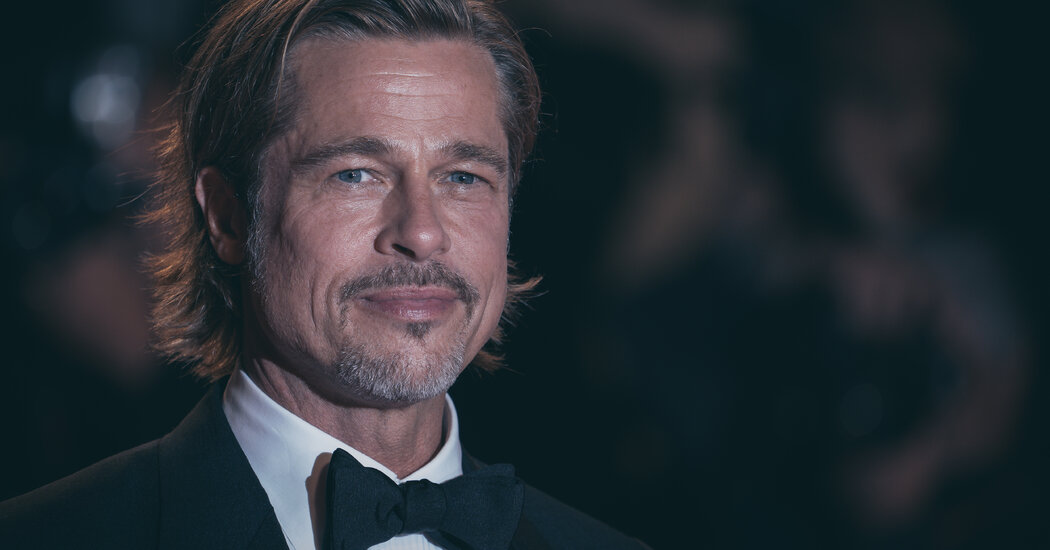
When Bluebond-Langner started her rounds, she says, older surgeons warned, “Be careful what you’re known for.” Unheeding, she started assembling the training she would need to perform top surgery, vaginoplasty, phalloplasty and metoidioplasty (a less involved surgery that constructs a smaller penis using only the natal tissue of the clitoris). This training took her all over the world: to Thailand and Canada to study vaginoplasty and to Mexico City, where she learned microsurgery, the technique that facilitates skin-flap transfer by connecting nerves and vessels on a microscopic scale. She began performing complex urogenital surgeries, including phalloplasty for micropenis and trauma. At the University of Maryland in 2016, she performed her first gender-affirming phalloplasty. The surgery, as far as she knows, was a success. (She and the patient lost touch after two years.) A few years before, Rodriguez had moved to N.Y.U. Langone to be chairman of the plastic-surgery department. Eventually, he recruited Bluebond-Langner to come start a program in transgender surgery.
The N.Y.U. transgender-surgery program occupies its own suite on the seventh floor of a glassy office building in Manhattan. I first went to visit in March 2021. Stepping out of the elevator, I immediately noticed how fancy everything was. The waiting room had Keurig machines and orchids in vases and iPads with futuristic palm-print scanners. Far from the age of the secret separate website, benefactors’ names were plastered on the wall. Taking a seat on the midcentury sofa (or leather swivel lounger or chrome accent chair), a transgender journalist could be forgiven for feeling more than just a little cynical. Trans people in America are in a complex bind with the medical establishment: On one hand, there’s the call to expand and improve care that has historically been denied; on the other, most of us are not blind to the fact that our bodies make good business in a for-profit system. “We’re salaried,” Bluebond-Langner said, by way of explaining that she doesn’t get more money for more patients. “Though they do incentivize us a little bit. They’ll give us more resources.”
Bluebond-Langner is smiley and direct and generally immune to the surgeonly god complex. When she came to N.Y.U. in 2017 to start the program, she had only two colleagues — Zhao and Jamie Levine, a microsurgeon. Over the years, the team has grown to include an administrative staff, a research department, a physical therapist, two social workers and two nurse navigators. More than half the team identifies as trans, including two surgeons in training, who Bluebond-Langner hopes will someday succeed herself and Zhao.
Medical transition is an endless to-do list. In order to be approved for phalloplasty, candidates must secure separate referrals from two mental-health providers. They need laser hair removal on the skin-flap donor site and support through recurrent (and often immobilizing) stages of healing. “Unfortunately, many of our patients have been marginalized,” Bluebond-Langner said. They cannot always depend on their jobs or families for support. She sees the program’s care team as key to achieving a sound surgical outcome. Though trans rights have progressed on paper, many of her patients still experience adversity — poverty, unstable housing, social ostracization — that makes recovery more difficult. “If it’s hard to get employment because you’re trans, it’s not going to help you with surgery.”
‘People understand the trade-off. But we wouldn’t accept this rate of complication necessarily in other procedures.’
Walking down the hall to Bluebond-Langner’s private office, we pushed past people rushing to and fro in custom N.Y.U. Gender Surgery track jackets. (The program’s logo is a coy fig leaf.) Inside, above a consultation table, hung an autographed poster of the “Pose” actress Dominique Jackson. On a bookshelf, back issues of Plastic and Reconstructive Surgery leaned next to a stack of coffee-table books: “The Vagina Bible,” “The Great Wall of Vagina,” “A Celebration of Vulva Diversity.” Bluebond-Langner does three vaginas for every one penis. She sometimes finishes three vaginas in a day; each penis usually takes at least two surgeries, but often four or more. “The demand is far higher for vaginoplasty,” she said. “I think this goes back to the fact that it’s a reductive, single-stage procedure. The risks are lower.”’
The N.Y.U. program has performed just over 150 phalloplasties to date. At the initial surgical consultation, Bluebond-Langner tries to understand what kind of sex the patient likes to have, to better recommend what combination of procedures might best improve quality of life while minimizing risk of complications. In the early days of formalized transgender medicine in the United States — a period between roughly 1960 and 1980 — phalloplasty was rare and pretty much one-size-fits-all, with its goal being to replicate the idealized form and function of an imagined standard American penis. While this is still the hope of many individual patients, Bluebond-Langner herself, and medicine at large, have begun to move away from this benchmark as an objective measure of surgical success.




